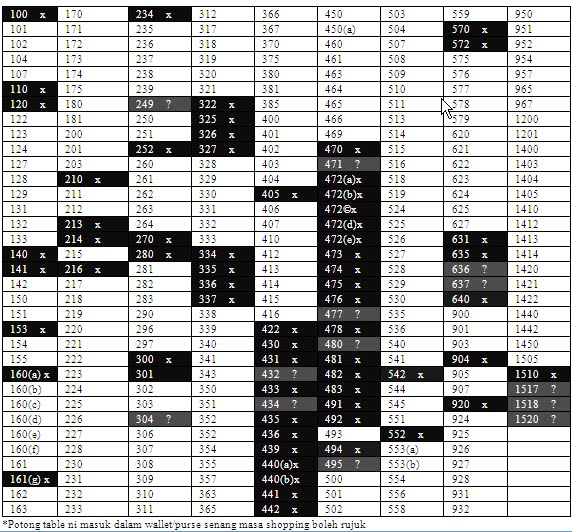In today’s multicultural landscape, it is becoming more important for food service managers to understand the different dietary practices followed by Americans. Population continues to grow and diversify, religious dietary restrictions, such as kosher and halal, are increasingly followed. During the last decade, the market for kosher food has increased by 15% on a yearly basis in North America. Similarly, halal food is also experiencing strong growth. Halal consumers now spend $20 billion on food each year in the United States. Strict laws and regulations governing these two types of diets outline what foods a person can and cannot eat and how to prepare them.
To help understand these religious practices, each diet will be examined in greater depth. The Kosher Diet Food is kosher when it meets dietary requirements outlined by Jewish law or kashrut, making it acceptable for people observing those laws to eat. Paiya full movie bgm free download pc. The role of a kosher supervisor is to ensure the food is kosher and remains kosher after preparation or processing.


A kosher symbol on a food product means that the product has been certified kosher from an agency. Kosher food is divided into three groups: meat, dairy and pareve (neither meat nor dairy). Only animals that chew their cud, have cloven hooves and are free from disease are considered kosher.
These restrictions also apply to animal flesh, organs, milk and any by-products. Domesticated fowl are considered kosher. Seafood with fins and scales are also allowed.
Identify the Halal/Haram/Mushbooh status of each ingredient using this guide. Search the ingredient name in the list and its status will be next to it. If all ingredients of a product are Halal, the product is fit for Muslim consumption. If any of the ingredients is Haram, the product should not be consumed. Halal-Haram-Mushbooh Ingredients. These are coating on meat and fish products containing beer as an ingredient. Dairy Ingredients: It is Halal if it is Halal.
Allway sync pro activation key. According to Jewish law, meat and dairy products cannot be combined or eaten at the same meal. Many people wait between three to six hours after eating a meal containing meat to have dairy products. Pareve foods do not contain any meat or dairy, therefore they can be eaten with either one. Examples of foods allowed: • Meat: Kosher beef, game, lamb, chicken, turkey, duck, goose and fish • Dairy: Products Milk, cheese, yogurt (from a kosher certified animal) • Parve Fruits, vegetables, eggs, fish*, cereal products, nuts, grains *Fish cannot be placed on the same plate as meat – however, it can be consumed during the same meal. Examples of forbidden foods: • Pork, reptiles, amphibians and insects • Shellfish (including lobster, oysters, mussels), shrimp and scallops • Animal products or by-products made from any non-certified animal The Halal Diet Islamic dietary laws define which foods are halal.
Most Viewed News
- Vuclip Mp3 Download Search
- Solidthinking Inspire Cracked
- Codejock Xtreme Suite Pro Activex V16 Cracked Windshield
- Fifa 13 Regenerator I68
- Contoh Proposal Kegiatan 17 Augustus Peringatan Hut Ri Ke
- Disadvantages Of Serial Processing Operating System
- Compaq Visual Fortran License File
- Argolis Smartreaderexe
- Download Speed Learning English Rar
- Mathcad 15 M010 Converter